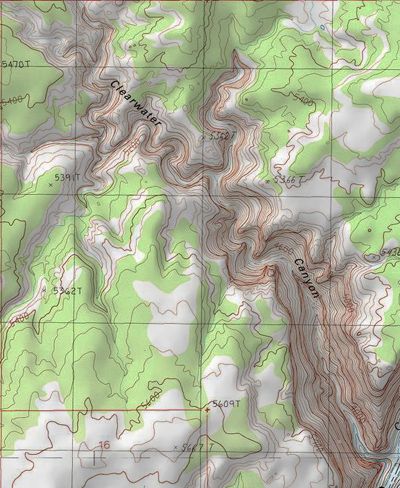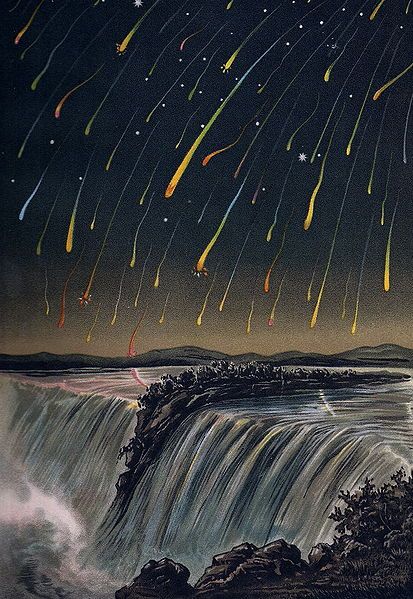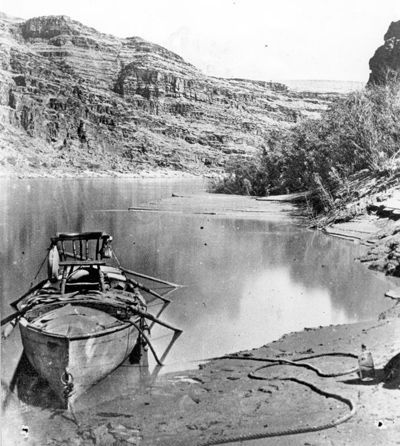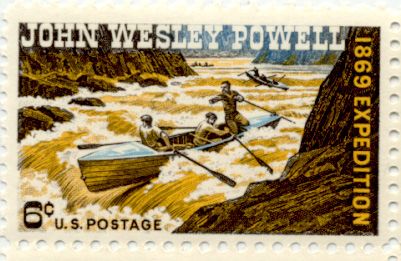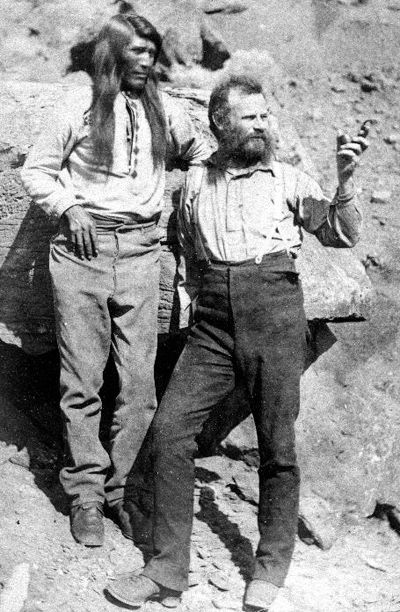Blog
Postponed
A major storm system is moving in, and we are postponing the Clearwater Canyoneerring descent. Significant moisture will spread into the area today through early next week. The storm will produce heavy rain and gusty winds. Flash flooding is possible in dry washes and slot canyons. The boats and crew are being pulled from Cataract Canyon today with disappointment. We'll be back for another attempt, and who can complain about rain in the desert. Like Dolly Parton said "if you want a rainbow, you gotta put up with the rain."
The Clearwater Route
High Clearance-Class IV-Grade V
Today we launch to exemplify “EXPEDITION”. A team of four NAVTEC back-country guides will attempt to explore the Clearwater drainage of Canyonlands. The route is one of the most remote, rugged, and least explored canyons in the lower 48. Clearwater is rated 4BVR using the Canyoneering decimal system; however, there have not been enough descents of this canyon to validate a rating.
Technical Class 4- Route involves: difficult and exposed free climbing and/or down-climbing, multi-pitch rappels, complex rope work, obscure or indistinct natural anchors, advanced problem-solving and anchor-building skills.
Water B- Normally has water, very light current with deep wading, swimming and floating disconnects.
Grade V- An average one and a half days of serious commitment to complete route.
Rating R- One or more extraordinary risk factors exist that could complicate the descent. Solid technical skills and sound judgment are critical.
The logistics involved for the 3 day expedition include shooting the class IV rapids of Cataract Canyon to stage a boat, a high clearance 4x4 to drive the Orange Cliffs Trail, 5 miles of technical Canyoneering in over 1600 feet of elevation, 250 meters of Blue Water static rope to rappel the highest permanent waterfall on the Colorado Plateau, and a Cessna 172 for shuttle and style points.
The trip is due back late Saturday night after a visit to Stan Burger Shak. Check back in for the trip report.
Percieds Meteor Shower
Our favorite meteor shower of the year is coming to a peak on the 11th of August. Before dawn you are likely to see 50-100 meteors per hour. In the early evening you might catch an earthglazer, a long slow colorful meteor traveling horizontally across the sky. If you are a night owl things really get going around midnight. For best viewing find a dark clear open sky and a camp chair. It’s that simple. Don’t wait till Sunday night to see the show. With cloudy Monsoon skies rolling in and a waxing moon; opportunities to see shooting stars might be more rare than in years past.
Those who want a social experience should check out the ranger-led night sky/stargazing at Balanced Rock in Arches National Park, between 9-11. More info here
John Wesley Powell
In 1869 John Wesley Powell set out to explore the Colorado River with nine men, and cover almost 1,000 river miles through uncharted canyon. They set out May 24th from Green River, Wyoming with four boats constructed of oak, and food for ten months on an exploratory expedition of the American West.
As the expedition's route traveled through the Utah canyons of the Colorado River the ten men endured hardships and dangers. Passing the Confluence of the Green with the Colorado, the expedition was one boat sunk, extremely low on rations, and searching for driftwood to fashion new oars.
July 23, 1869 – “On starting we come at once to difficult rapids and falls, that in many places are more abrupt than in any of the canyons through which we have passed, and we decide to name this Cataract Canyon.”
July 24, 1869 – “Large rocks have fallen from the walls – great angular blocks, which have rolled down the talus and are strewn along the channel. We make three portages in succession. Among these rocks, in chutes, whirlpools, and great waves, with rushing breakers and foam, the water finds its way. We stop for the night only three fourths of a mile below the last camp. A very hard day’s work has been done.”
July 27, 1869 – “Late in the afternoon we discover a flock of mountain sheep a hundred feet above us. We land quickly, out of sight, and away go the hunters. Soon we hear firing. We lash our prizes to the deck and go for a short distance; but fresh meat is too tempting, and we stop to have a feast. And what a feast it is! Two young fine sheep! We care not for bread or beans or dried apple tonight; coffee and mutton are all we ask.”
Six men completed the journey on August 13, 1869. One explorer left the expedition in Vernal where he raised a family. Three were never heard from again after hiking out at Separation Canyon near the bottom of the Grand Canyon.
"What falls there are, we know not; what rocks beset the channel, we know not; what walls rise over the river, we know not."
John Wesley Powell did not see himself as just an explorer. He was a scientist, with a thirst for knowledge. Powell's expedition of the Colorado River led to some of the fundamental principles of geology today. His exploits were the first to convey the depths of our canyons.


